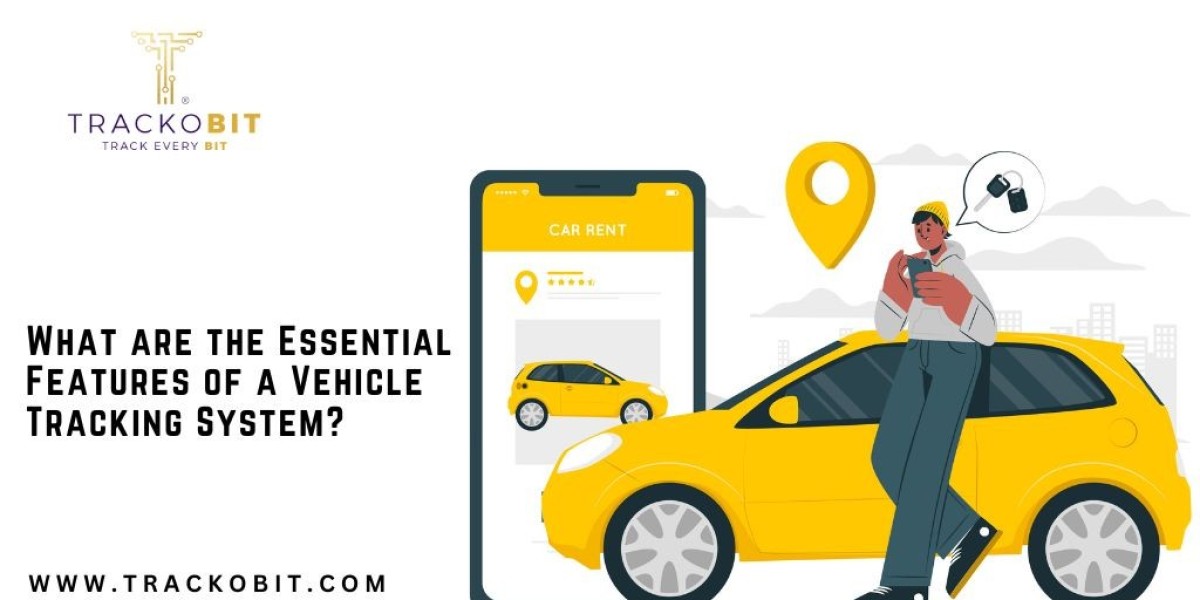A vehicle tracking system is among modern intelligent and advanced technology, offering peace of mind, security, and operational efficiency in several scenarios. Essentially, these software use GPS (Global Positioning System) technology to pinpoint the exact location of a vehicle in real time. However, some can utilize additional technologies, such as cellular networks, to enhance location accuracy and provide other features. However, I'm fleet management, your software must be equipped with some must have features along with the additional benefits to exponentially grow your business.
Most Important Features of GPS Tracking Software in 2024
Equipped with GPS
The core of the tracking system is the GPS installed in the vehicle. The GPS vehicle tracking software must employ the Global Positioning System (GPS) to determine the precise location of the vehicle. It collects data like latitude, longitude, vehicle speed, and direction.
On-Board Diagnostics (OBD) Connectivity
Many tracking systems connect to the vehicle's OBD port. This connection allows the system not only to track the vehicle’s location but also to monitor a variety of other pieces of information, such as engine health, fuel usage, and diagnostic codes.
Software/Application Interface
This feature is important for the user’s interaction with the tracking system. It can be a web-based platform or a mobile application through which users can access real-time data and historical reports regarding the vehicle's whereabouts, speed, stoppages, and other telemetry data.
Wireless Network
A wireless network (often cellular 4G/5G networks) is essential for transmitting the data collected by the GPS vehicle tracking system to the server or directly to the end-user's application. This ensures timely updates and communication between the vehicle and the tracking system.
Sensors and Additional Modules
Modern tracking systems can include a variety of sensors for additional monitoring, such as door open/close sensors, fuel level sensors, and temperature monitors for cargo. These sensors provide more detailed information about the vehicle and its status.
Benefits of Using the Best Vehicle Tracking Software
Vehicle tracking system offers many benefits such as monitoring and managing the vehicle fleet. There's more as well:
Real-Time GPS Tracking
At the heart of a vehicle tracking system is GPS technology that provides real-time location data. This allows owners to know the precise location of their vehicle at any moment, aiding in recovery if the vehicle is stolen. For instance, a family on vacation could instantly locate their misplaced or moved car in a vast parking lot through a mobile app connected to the GPS trackers.
Geofencing
This feature allows users to set up virtual boundaries on a map, alerting them when the vehicle enters or leaves a designated area. It's particularly useful for businesses to monitor if their vehicles stray from delivery routes or for parents wanting to ensure their teen drivers stay within approved areas.
Speed Alerts
The ability to set and receive alerts for when the vehicle exceeds a certain speed. This helps in encouraging safe driving habits and can be crucial for parents of teenage drivers, promoting responsible behavior behind the wheel.
Historical Data/Route History
Keeping track of where the vehicle has been over a specific period can be invaluable for various reasons, including analyzing driving habits, verifying service calls or deliveries, and more. For example, a small delivery business can optimize routes and verify completed deliveries through this data.
Access Via Mobile App
Easy access to the tracking system through a mobile app is essential for convenience, allowing users to monitor their vehicle's status and receive alerts on the go, enhancing the user experience and reaction time to any potential issues.
Battery Life and Power Options
Long battery life for wireless devices and options for hardwired installation are critical for constant monitoring. Devices that can alert users when running low on power ensure that tracking is not interrupted.
In Conclusion
A Vehicle tracking system blends advanced and intelligent technology with easy-to-use interfaces to provide invaluable benefits to fleet management.
Whether it's a business optimizing its fleet operations, or a protection vehicle against theft, TrackoBit is here to help.








